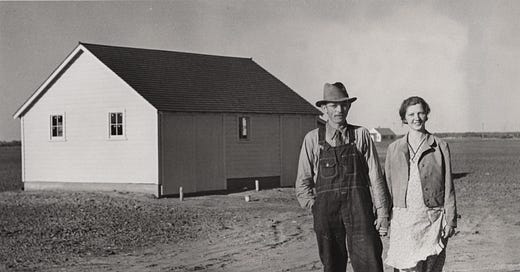People have talked about the decline of rural America since the census began to track it. The Statistical Atlas of 1874 was the first to distinguish urban from rural population. In the July 1897 issue of The Atlantic "The Future of Rural New England" told the story of a struggling township. Its defunct mill and abandoned farms a result of the death and …
Keep reading with a 7-day free trial
Subscribe to The Country Gentleman to keep reading this post and get 7 days of free access to the full post archives.





